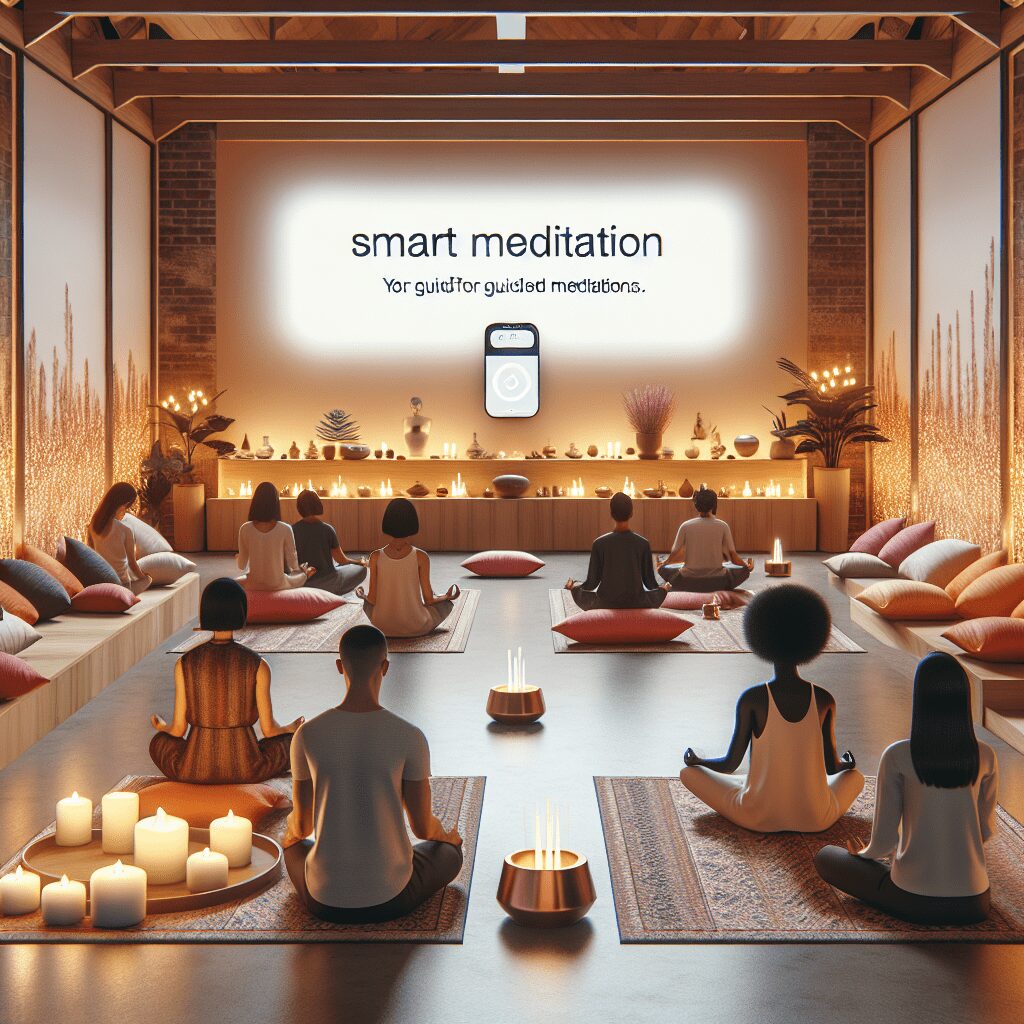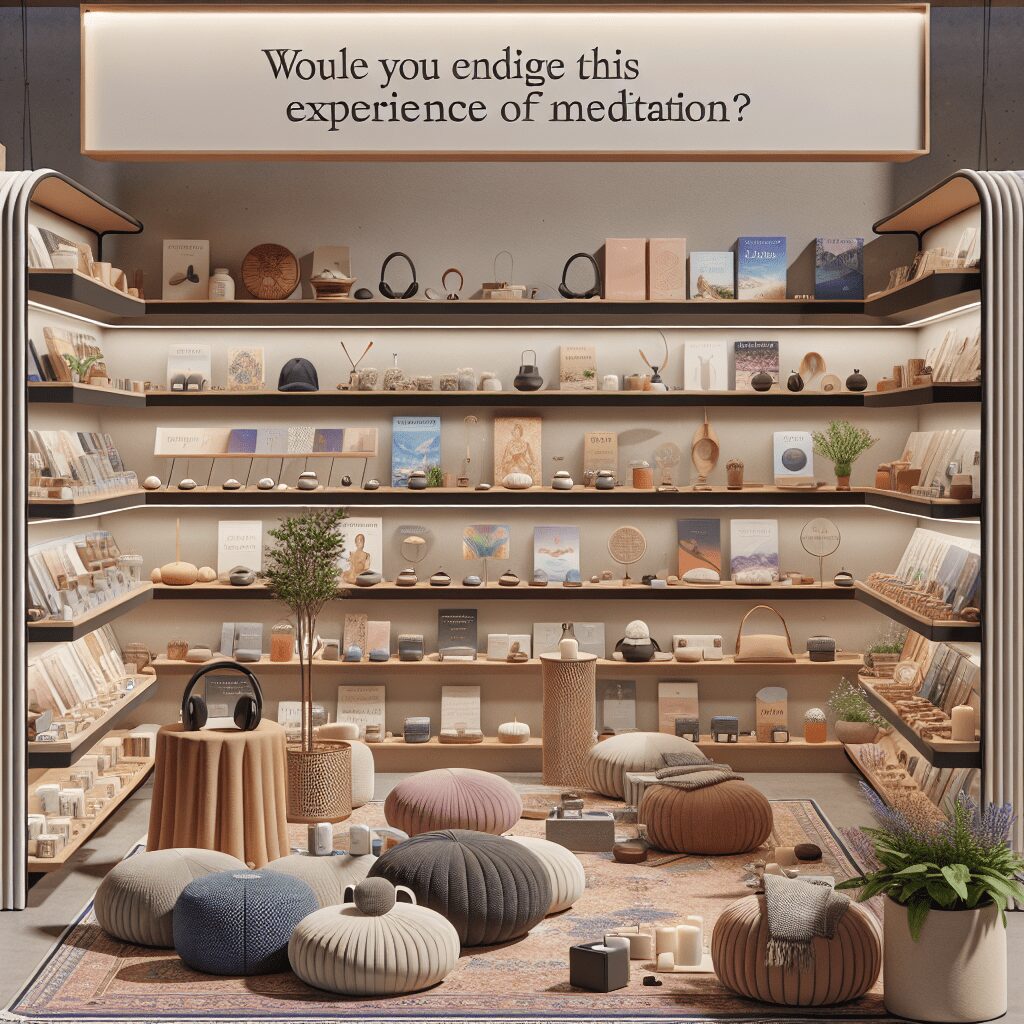
Prioritize your mental well-being daily. Enhance your life by nurturing your mental health with the Smart Meditation app. Break free from stress, alleviate anxiety, and enhance your sleep quality starting today.
How To Explain Anxiety And Depression To Someone?
Breaking Down the Barriers: Understanding Anxiety and Depression
Anxiety and depression, two facets of mental health that often walk hand-in-hand, are no strangers in today’s fast-paced world. But, trying to shed light on what it’s like to be in the grip of these conditions to someone who’s never experienced them? Well, that’s a tall order. It’s like trying to describe color to someone who’s only ever seen in black and white.
In a nutshell, both anxiety and depression can feel like being stuck in a relentless, unforgiving wave, continuously trying to find your footing. Below, we’ll delve into effective strategies and expressions to bridge this understanding gap, making it somewhat easier for the lucky ducks who’ve never had to jostle with their own minds in this way.
The Albatross Around Your Neck: Explaining Anxiety
Imagine you’re walking in a serene park. Suddenly, out of nowhere, a lion charges right at you. Your heart races, you’re sweating bullets, and your first instinct is to run for your life, right? That’s your fight or flight response kicking in.
Now, picture feeling that same intense, overwhelming dread in everyday situations: a ringing phone, an email from your boss, or even just leaving the house. That’s what having anxiety can feel like – a perpetual, unfounded sense of doom that just won’t quit. It’s as if your brain’s alarm system is broken, sounding off false alarms left, right, and center, and boy, does it wear you out!
The Endless Night: Shedding Light on Depression
Depression, on the other hand, can often feel like you’re mired in quicksand. No matter how hard you struggle, you keep sinking deeper. It’s a thief in the night, stealing joy, energy, and motivation, leaving behind a shell of your former self. The world seems colorless, food tastes bland, and things you once loved now barely pique your interest.
It’s akin to walking around with a heavy, invisible cloak draped over your shoulders. Simple tasks become Herculean efforts. “Just snap out of it,” people say, as if it’s a switch you can flick. If only it were that easy! Depression is not a choice; it’s a relentless fog that dims everything in its wake.
Empathy: The Bridge Over Troubled Waters
So, how do you get someone to understand these intricate, often misunderstood conditions?
- Use analogies and metaphors: Just like we compared anxiety to an overactive alarm system and depression to being ensnared in quicksand. These comparisons can turn the abstract into something graspable.
- Emphasize the uncontrollable nature: Ensure they grasp that these feelings aren’t a choice. No one decides to have anxiety or depression.
- Highlight the physical symptoms: Both conditions aren’t just “all in your head”. They can manifest physically, causing exhaustion, heart palpitations, or a perpetual sense of fatigue.
- Share personal stories: If you’re comfortable, sharing your own experiences can make the conditions more relatable. It’s often easier to empathize with a person than a concept.
A Journey Toward Understanding
At the end of the day, explaining anxiety and depression is about opening a door to a dialogue. It’s about helping someone peek into a world they’ve never visited, to foster empathy, support, and, ultimately, a deeper understanding. It’s not about looking for a fix or a solution on the spot. Instead, it’s about standing in solidarity, acknowledging the struggle, and showing that, despite the darkness, no one is alone.
After all, the silver lining in sharing these experiences is the potential to not only educate but to knit closer bonds with those around us, helping to carry each other’s burdens with a tad more grace and a lot more understanding.





